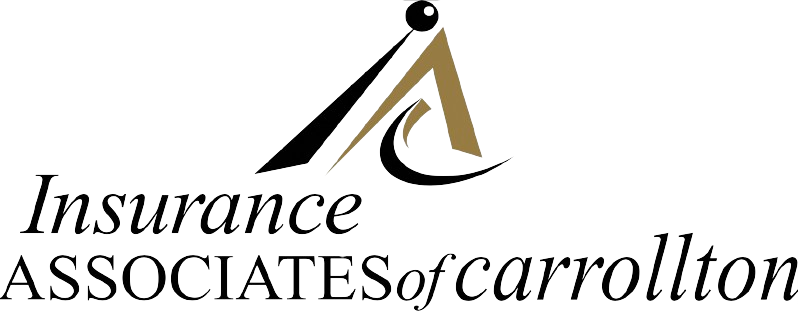Understanding the Unique Fall Driving Risks
As fleet managers and commercial drivers, you know that your vehicles are crucial for keeping your business running smoothly. With the fall season upon us, new driving challenges emerge, especially the increased risk of deer collisions. October through December are peak months for these incidents, and they're not just a safety concern—they're financially disruptive too. With over $1 billion in annual damages and average repair costs around $3,000, every collision can significantly impact your business continuity.
Stay Alert to Avoid Costly Downtime
One of the most effective ways to protect your fleet and keep operations running smoothly is through proactive safety measures. Let’s explore some vital tips to help you and your drivers minimize risks this deer season.
Peak Activity Awareness: Plan Around Them
Deer are most active during dawn, dusk, and overnight hours. Scheduling your routes to avoid these times when possible can drastically reduce the likelihood of an encounter. If travel during these times is unavoidable, being extra vigilant can make all the difference.
Use Your High Beams Wisely
When driving in areas prone to deer crossings, using high beams can increase your visibility. This not only helps you see deer from a distance but also makes your vehicle more visible to them, potentially deterring them from crossing.
Look Out for the Herd
Remember, if you see one deer, there are likely more nearby. They often travel in groups, so if one crosses your path, be on the lookout for more following behind.
Braking Over Swerving
It might be instinctual to swerve when a deer appears suddenly, but this can lead to loss of control and more severe accidents. Instead, brake firmly and stay in your lane, maintaining control of your vehicle.
Heed Deer Crossing Signs
Paying attention to deer crossing signs is crucial. These signs are placed in high-traffic areas prone to deer activity, offering you a heads-up to be extra cautious.
Seat Belts Save Lives
Always wear your seat belt. This simple action maximizes protection and significantly reduces the risk of injury if a collision occurs—an essential part of any safety strategy.
Post-Collision Protocol
If you find yourself in a collision, prioritize safety. Move your vehicle to the side of the road, use hazard lights, contact law enforcement, and notify your insurance contact. This can be instrumental in handling the aftermath efficiently and reducing downtime.
Preparing for the Road Ahead
With awareness and preparation, many deer-related collisions can be avoided. Now is the perfect time to ensure your team is educated on these risks. By emphasizing safety, you maintain operational efficiency and safeguard your fleet and employees.
Lastly, consider reviewing your commercial auto policy to ensure you’re covered. Don’t hesitate to reach out for risk management guidance to further protect your business during these high-risk months.

